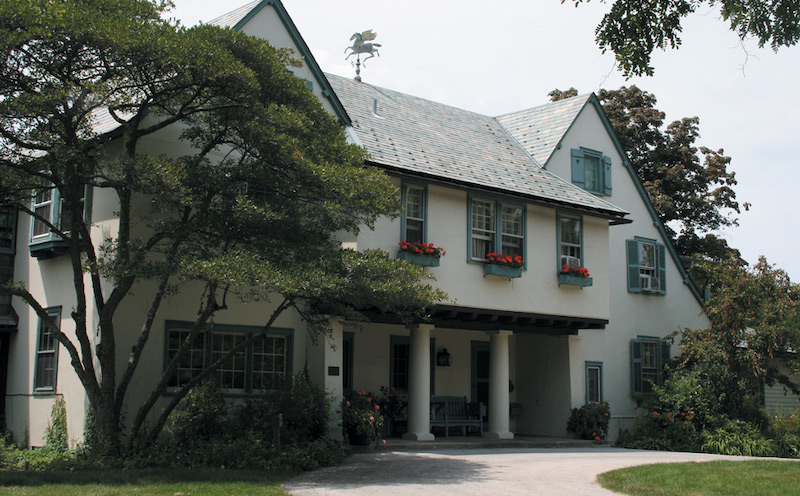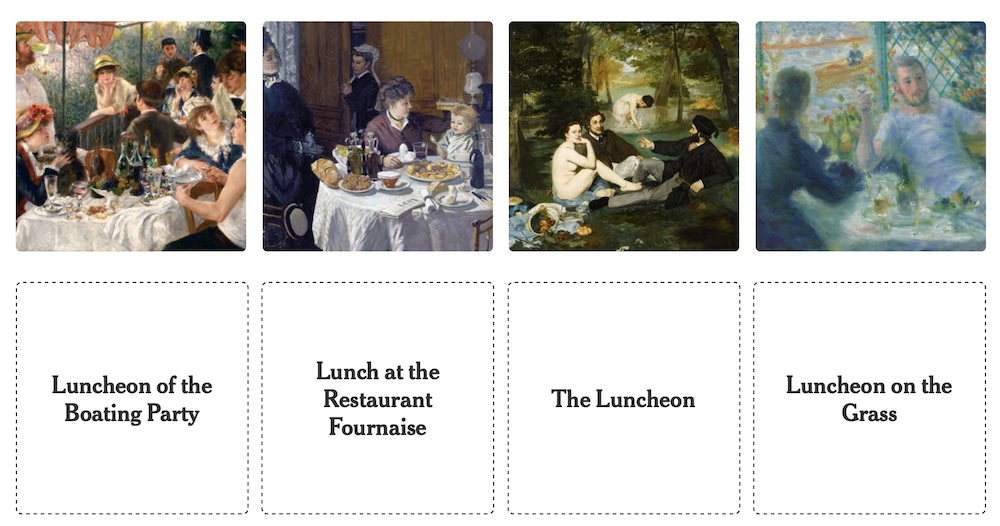Chicago's Unique Artist Residencies


By Mary Deyoe
Sometimes what we all need is a change of scenery or pace. It is incredible how much even the slightest adjustment to our everyday schedule offers new perspectives and a refreshed state of mind. Artists are of course no exception to this, and the artist residency exists almost solely to offer space, time and resourches for artists to focus and work. This past summer; when thinking ahead to Chicago Artists Month in October; I looked into 10 different Chicago-area residencies and discovered that, despite their use of the same label, each program is defining on its own terms what it mean to be a residency. Following are individual profiles of the various program personalities.
Among the traditional retreat-style residencies you wild find Ox-Bow, Ragdale and ACRE, each set in an idyllic "country" environment. The impulse to escape the hustle and bustle to find a calm and quite place is not a new practice for artists or writers—certainly that desire motivated what Monet did at Giverny and what Jackson Pollack and lee Krasner found appealing in East Hampton.
About 30 miles north of Chicago in Lae Forest, you can easily miss the entrance to Ragdale as you drive down Green Bay Road. Once in the driveway every noise from the busy road dissipates. The barn and main house—the Ragdale House—were designed by Charles Van Doren Shaw in 1897 as a retreat for his family. It was formally established as a residency in 1976, and since then more buildings have been added, including a sculpture studio in 2006—an indication of Ragdale's efforts to welcome more visual artists (and performing artists), as the program's greatest number of residents are writers. Eacg group is thoughtfully planned so as to create as much harmony as possible during the artists' two week stay. "The community is important," said Regin Igloria, Director of the Artists-in-Residence Program. "We want to make sure there is a mix of people from various cities and stages in their careers." Ragdale residents have complete freedom to make their own schedules; they are asked only to meet nightly for a family-style dinner. Ragdale's peacefulness is difficult to describe, but any visitor would wish to stay awhile and admire the sweeping landscape and bright airy studios, while resident casually pass through the open kitchen.
Ox-Bow, located in Saugatuck, MI, i one of the oldest and most well-known residencies in the region, established as both a residency and school in 1910. Residents, primarily visual artists, come from around the world for 2-5 weeks. In addition to receiving studio space and time they are invited to participate in recreational activities and attend nightly lectures (during fall sessions only.) "The community is one of the primary benefits," says executive director Elizabeth Chodos. "Artists [and staff—comprised primarily of artists] bond with each other in a way that is difficult to do in other settings...they can let their guard down."
Similarly, ACRE (Artists' Cooperative Residency and Exhibitions), as well as providing time and space, offers a host of activities and programs. These range from the calm and sophisticated—wine and cheese pairing lessons, bike rides—to the racously playful—a cross-river tug-o-war—to the academic. 6-10 international visiting artists meet with residents for a single session (including musicians—ACRE has a fully equipped recording studio) to share skills, lead workshops and give lectures. Co-directors Emily Green and Nick Wylie feel it is important to include an exhibition piece, and each resident has the opportunity to exhibit work at one of ten current partner galleries in Chicago. "This is great way to extend the community," Wylie says. This tendency to add practical professional development elements to a residency is, I discovered, very common among city-based residencies.
In the same professional growth vein, the BOLT residency run by the Chicago Artists' Coalition provides 10-11 Chicago artists 24-hour access to studio space for a year, but they do not offer living space. During the residency artists must learn to balance their daily lives with their studio time. What BOLT lacks in living space, it more than makes up for in professional resources. "The residency acts as a holistic incubator," explains Cortney Lederer, Director of Exhbitions + Community Outreach. In addition to studio space, residents are given solo exhibition, they meet monthly as a group with Lederer, and they have opportunities to meet with and exchange ideas with artists, curators, program directors and other people from the Chicago community, such as Art Institute curator Lisa Dorin and former MCA curator Tricia Van Eck.
threewalls gallery each have residency programs that focus on Chicago and the region. HPAC's residency launches this October and is by invitation only. The goa is to look to the Chicago arts community for inspiration. "The benefit [for the artsist, many of whom are from outside of the US] is not escape," explained Megha Ralapati, Residency Coordinator, "but being immersed in the Chicago environment." Kate Lorenz, Associate Director of HPAC says "We encourage artists to take risks, and we aim to facilitate connections between artists, other people and resources in the community."
threewalls' artist-in-research-residency also acts as a facilitator between artists and the community. Their residency, though, is open to artists, writers, musicians, curators, critics, arts administrators, etc. Residents are provided with studio space (and living space), but that space may be used for public programs, conferences, discussion series, meetings, work-space and more. "We are looking for people who are interested in creating projects in the Midwest," said program director Abigail Satinsky. This doesn't mean the workis site specific, but their work/research must be tied somehow to the region. threewalls was originally estalblished as a residency program by graduates of the School of the Art Institute in an effort to keep artists living and working in Chicago.
Anchor Graphics is tucked into a small but ethereal space in a Columbia College building. Bright light flows in through the floor-to-ceiling windows and the walls are covered with work that ranges from prints with simple bold text, to pieces with fine, intricate details. The three-week residency program (which includes an apartment) is designed to give an experienced printmaker unlimied access to the studio. "Its not about the results," says David jones, executive director, "rather we encourage residents to use this time to take risks."
Spudnik Press, like Anchor Graphics, has a residency specifically for printmakers. Theirs, however, is geared towards the completion of a specific project and culminates with an exhibition for the resident. Profits from artwork sold during the show go towards funding the next resident. Unlike writers or painters who are arguably more mobile, printmakers need access to large expensive printing presses. Residencies like Spudnik's and Anchor Graphics are invaluable for both the access to professional tools and unfettered support.
Primarily a craft-based organization, Lillstreet Art Center also provides tools an artist might not otherwise be able to access, such as ilns and presses. During one-year residencies artists are integrated into the organization by teaching classes and giving two public presentations. When considering that our area offers a number of residency programs, Emily Shroeder Willis, Director of Artist Programs says, "I think it's important to keep an open relationship with other residencies. We are not in competition; we learn from one another."
This is exactly the spirit that led leaders from several of the residencies to form CAARP (Chicago Area Arts Residency Programs), a grup which meets to exchange ideas and assist one another in continuing to attract and support outstanding artistic talent and practice. Often, artists don't just participate in a residency once; they will likely find reasons over time to apply to several and to take advantage of multiple programs and experiences.
The exception among these residencies with physical centers is TRANSIT, which does not exist in any one location. TRANSIT's motto, "helping artists go places", reveals their mission: to facilitate opportunities for artists to work both in and out of Chicago. Artists apply with their projects in mind, and TRANSIT accomodates each artist's needs. Explains founder and director Meredith Winer, "We tailor everything."
Perhaps TRANSIT's motto is applicable to all of the residencies. Whether by phyically, professionally or pscyhically, all of them afford artists the opportunity to go places—to make new connections, to take risks. Both by attracting new artists to the city and supporting local talent residences provide a fertile ground for new conversation, questions and discoveries about art.






